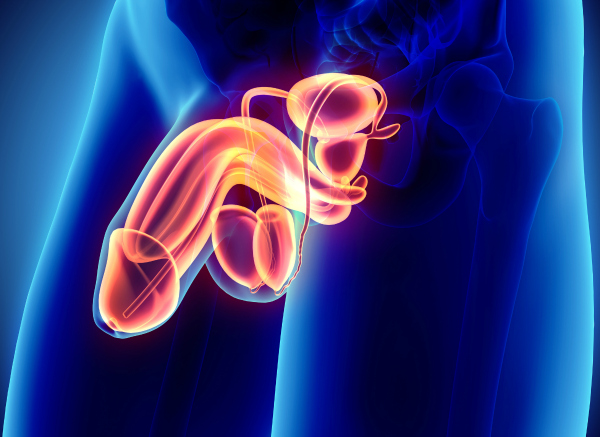
What is anejaculation? What causes it? How is it treated?

Men with anejaculation cannot ejaculate semen. Their bodies can still produce sperm, and they might still feel pleasure with orgasm, but no semen comes forth through the penis when they climax.
Experts classify anejaculation in two ways:
- Men with primary anejaculation have never been able to ejaculate semen.
- Men with secondary anejaculation lose their ability to ejaculate after being able to do so normally for a period of time.
Anejaculation can have several causes, such as the following:
- Spinal cord injury
- Pelvic injury
- Infections
- Medications (e.g., antidepressants)
- Pelvic surgery (such as prostate, bladder) that can damage pelvic nerves
- Removal of lymph nodes (such as from testicular cancer treatment)
- Diseases and disorders that affect the nervous system (e.g., Parkinson’s disease or multiple sclerosis)
Treatment for anejaculation usually depends on the cause. For example, if anejaculation is caused by an infection, then treating the infection should lead to improvement. Sometimes a change in medication will take care of anejaculation.
Men should talk to their doctor to learn more about treatment options for their personal situation.
Conceiving a child can be difficult for men with anejaculation, but there are ways trigger ejaculation or retrieve sperm in a doctor’s office.


